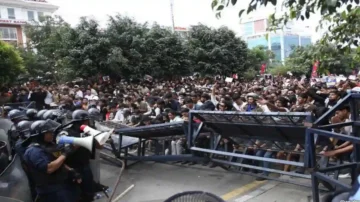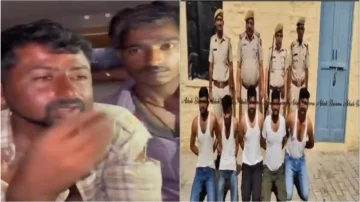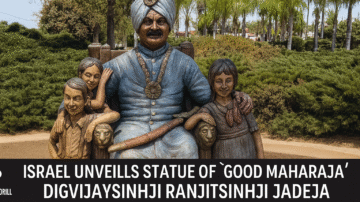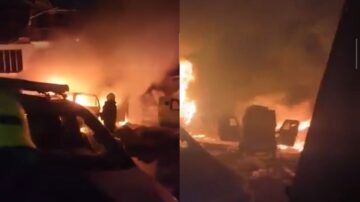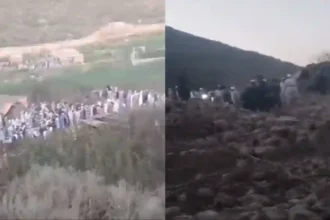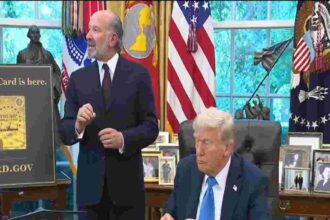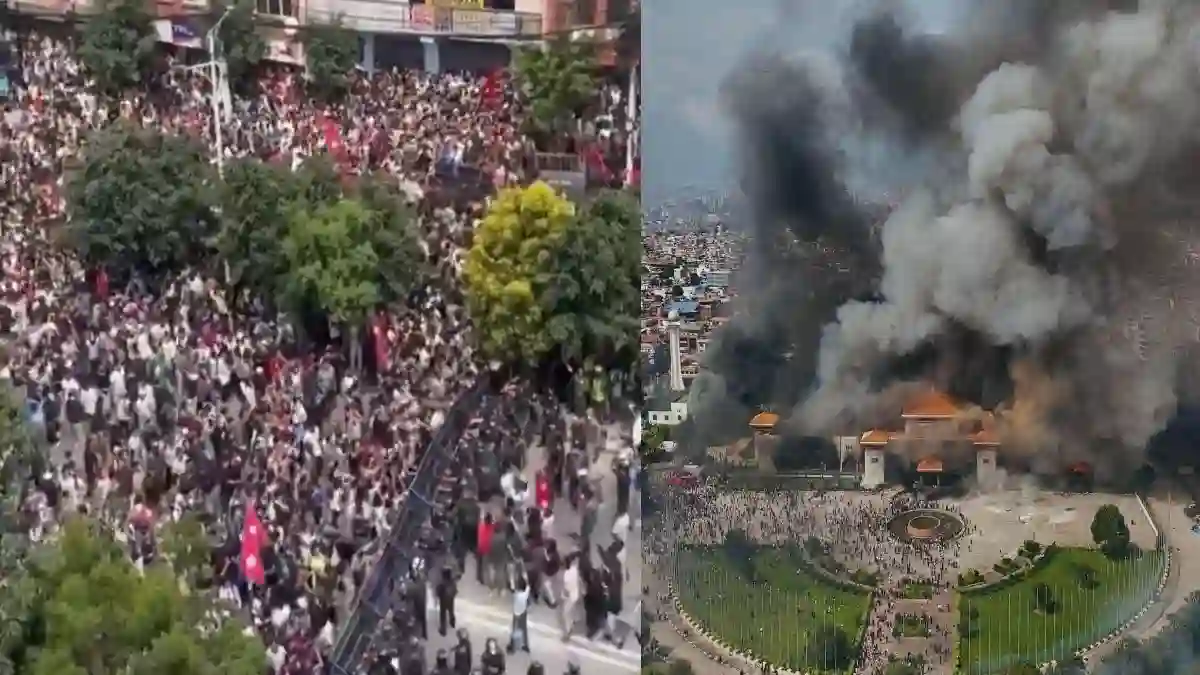
Kathmandu, September 10, 2025 — The political and social turmoil in Nepal has entered a critical phase, with the Nepal Army now directly appealing to foreign citizens in the country. In its latest advisory, the Army urged all foreign nationals currently in Nepal for travel, work, or official events to contact the nearest deployed security personnel if they require assistance.
The statement comes amid widespread Nepal Protests that began earlier this week after the government controversially banned 26 popular social media platforms, including Facebook, Instagram, WhatsApp, YouTube, and X (formerly Twitter). The ban sparked outrage, particularly among younger citizens, who accused the government of curbing freedom of expression under the pretext of regulation.
Why the Nepal Protests Began
The Nepal Protests were triggered on September 8, 2025, when the government announced the abrupt shutdown of major social media platforms. Officials argued that these companies had failed to register under Nepal’s digital communication laws, but critics claim the move was politically motivated.
Protesters primarily from Generation Z—poured into the streets of Kathmandu and other major cities, accusing leaders of censorship, corruption, and nepotism. Many young Nepalis, already facing unemployment and lack of opportunities, saw the ban as the last straw in a long series of frustrations.
Despite the government lifting the ban within 48 hours due to mounting backlash, demonstrations only intensified. Protesters began demanding structural reforms, transparency, and accountability, insisting that Prime Minister K.P. Sharma Oli step down.
Rising Casualties and Escalation
The Nepal Protests quickly escalated into violent clashes. Security forces used tear gas, rubber bullets, and even live ammunition to disperse crowds. According to official figures, at least 19 people have been killed so far, with hundreds more injured.
Demonstrators stormed and set fire to several government buildings, including offices of senior politicians. Reports also confirm damage to parts of the Parliament complex. Helicopter evacuations were organized for ministers and VIPs as protesters surrounded government quarters.
Amid the chaos, Prime Minister Oli tendered his resignation, assuming a caretaker role. However, protesters remain firm in their demand for deeper reforms and have not dispersed.
Nepal Army Steps In
With civilian police overwhelmed, the Nepal Army was deployed to restore law and order. Soldiers have been patrolling the capital under an indefinite curfew, setting up checkpoints and securing vital infrastructure such as airports, government buildings, and communication hubs.
In its advisory, the Army emphasized the safety of international travelers:
“Foreign citizens who have come to Nepal for travel, work, or events, and are seeking assistance, are requested to contact the nearest deployed security personnel.”
The advisory reflects concerns that foreign nationals—tourists, aid workers, or business delegates—may be caught in violent flashpoints of the Nepal Protests. With flights being diverted and several border crossings witnessing tighter security, the situation remains fluid.
Regional and International Response
India and other neighboring countries have expressed concern over the Nepal Protests. The Indian government has diverted several Kathmandu-bound flights to Lucknow and set up emergency desks for Indian nationals stranded in Nepal. Western embassies have issued travel advisories urging their citizens to avoid non-essential travel and stay indoors during curfew hours.
The United Nations has also called for restraint, urging both the Nepalese authorities and protestors to engage in dialogue to prevent further loss of life.
Roots of the Unrest
While the social media ban acted as the immediate spark, analysts believe the Nepal Protests are rooted in deeper socio-political grievances. High youth unemployment, poor governance, frequent corruption scandals, and political instability have left the younger generation disillusioned.
Nepal has experienced several changes in government over the past decade, but for many, promises of reform and development have not materialized. The current unrest reflects not only anger at censorship but also widespread frustration at systemic failures.
What Lies Ahead
As the Nepal Protests continue, two possible paths emerge:
1. Dialogue and Reform – If the caretaker government initiates meaningful dialogue with protest leaders and introduces genuine reforms, tensions may ease gradually.
2. Prolonged Unrest – If the demands of demonstrators remain unmet, unrest could spread further, potentially destabilizing Nepal’s fragile democracy.
For now, the situation remains tense. The Nepal Army’s advisory to foreign nationals signals the seriousness of the crisis and the unpredictability of events on the ground.
For now, the situation remains tense. The Nepal Army’s advisory to foreign nationals signals the seriousness of the crisis and the unpredictability of events on the ground.
Read more: Protests Erupt in Nepal Over Social Media Ban: Deaths, Injuries Reported


